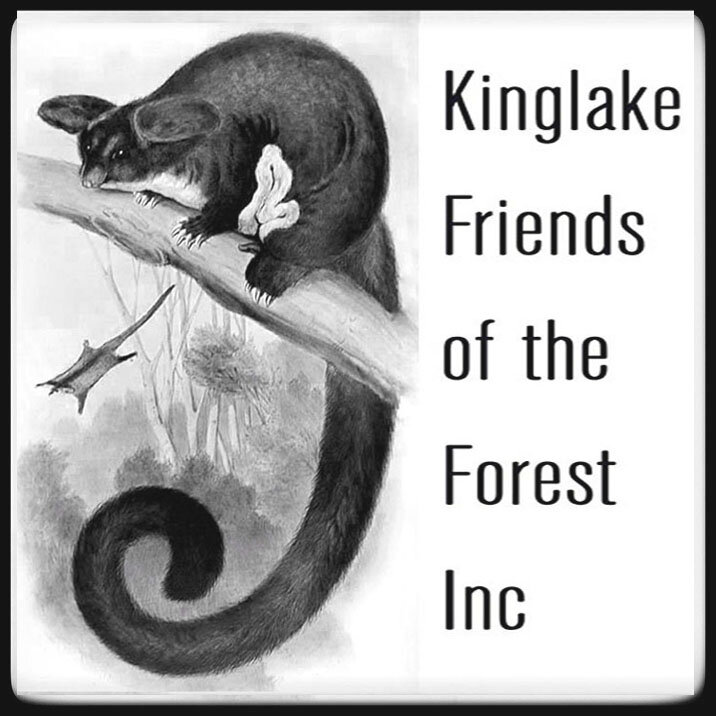Meet at 7pm on January 18 at the intersection of Victoria Range Rd, Spraggs Rd, and Marginal Rd. Bring a picnic dinner to enjoy together as the sun sets. Then we will walk along dirt roads listening for forest owls and spotlighting for large gliders - Southern Greater Gliders and Yellow Bellied Gliders.
Get to the meeting point via Marginal Rd, not Victoria Range Rd or Spraggs Rd. Marginal Rd is 2WD friendly all the way from the Melba Highway. If google maps tries to direct you down other roads and tracks ignore it, or you may end up in a 4WD pickle…
Beautiful forest along Gutter Creek Track at “The Nest”
Southern Greater Glider
Like many in the community, we at Kinglake Friends of the Forest are deeply concerned about the outdated, destructive and ineffective practice of planned burning that is threatening to cook 25,000 Ha of forest in the Tallarook, Kinglake and Marysville area within the next 3 years.
Every year more science emerges showing that planned burns in southern forests cause more harm than good. Yet huge amounts of taxpayer money are being poured into incinerating forests. Why isn’t the government funding more remote firefighters, more waterbombers, and the newest technology in rapid detection and suppression of bushfires instead?
We’ve visited areas scheduled for planned burning to survey for threatened flora and fauna and gather data about forest structure to learn more about bushfire behaviour. We’ve ended up in a lot of incredible spots with enchanting creatures.
One of these places is ‘The Nest’ in Toolangi, named after Eagles Nest Creek and also because this forest is home to a host of incredible wildlife, including several threatened species. ‘The Nest’ is also scheduled to be burnt by the Victorian Government this coming season.
The Victorian Biodiversity Atlas shows that Barred Galaxias and Platypus swim the creeks, Sooty Owls and Yellow-bellied Gliders shriek at the moon, Brush-tailed Phascogales navigate vertical and horizontal surfaces at breakneck speed, while Greater Gliders move slowly through their nocturnal world in almost perfect silence. These species are all listed from vulnerable to critically endangered. All
risk death or displacement because of this burn. The density of threatened gliders is particularly striking, making it an important stronghold for these once- common marsupials. This also makes it a great place to go spotlighting ...


